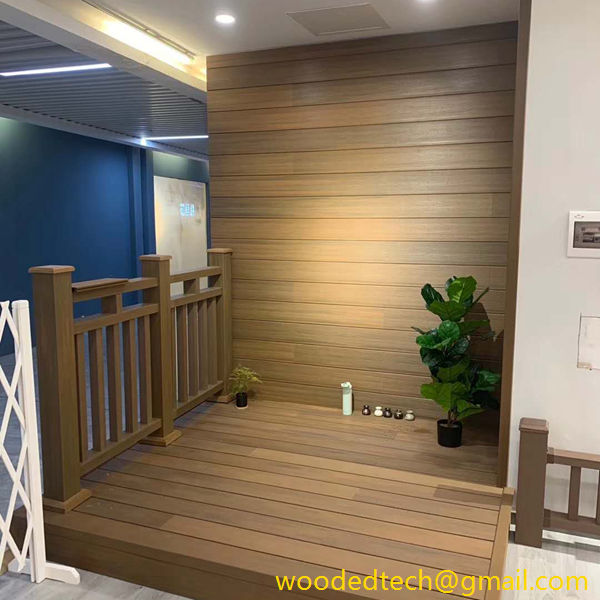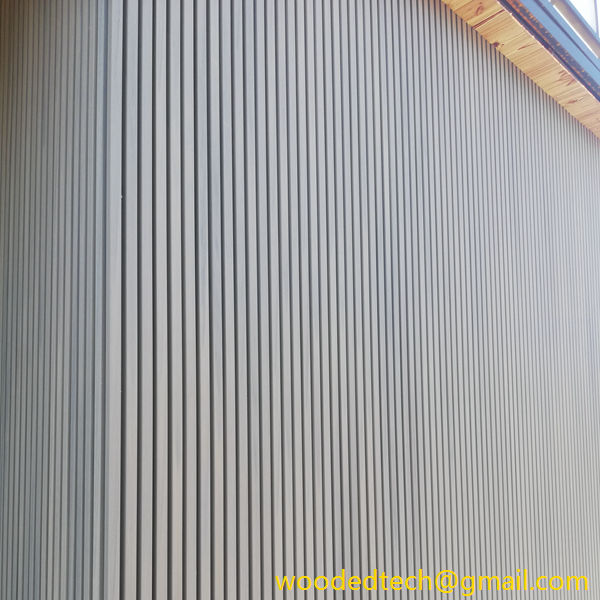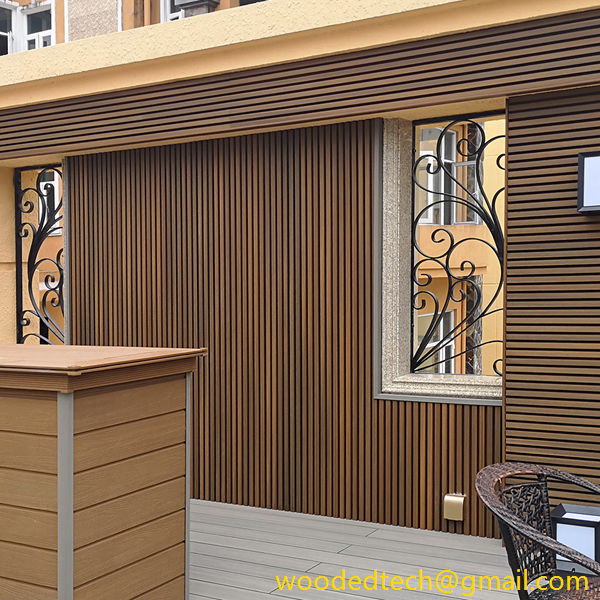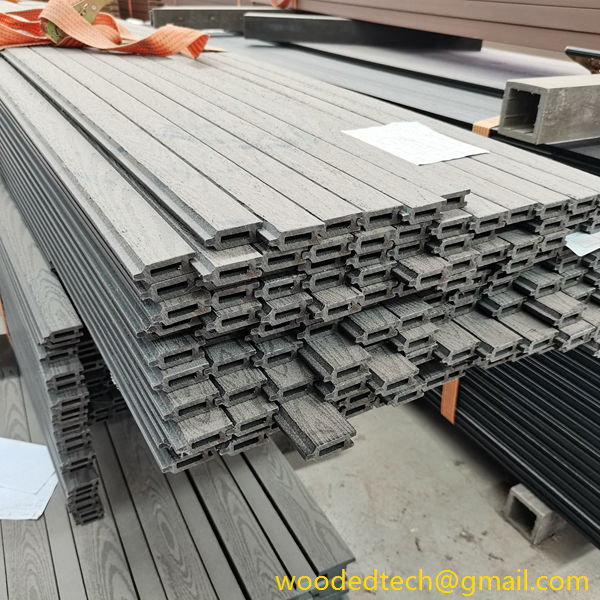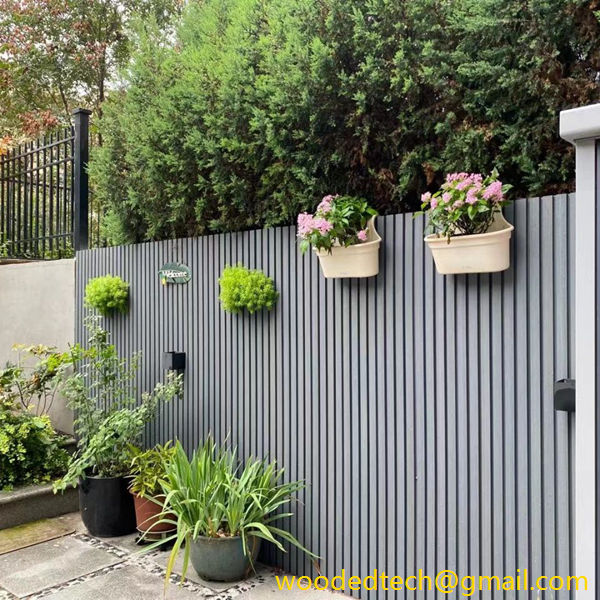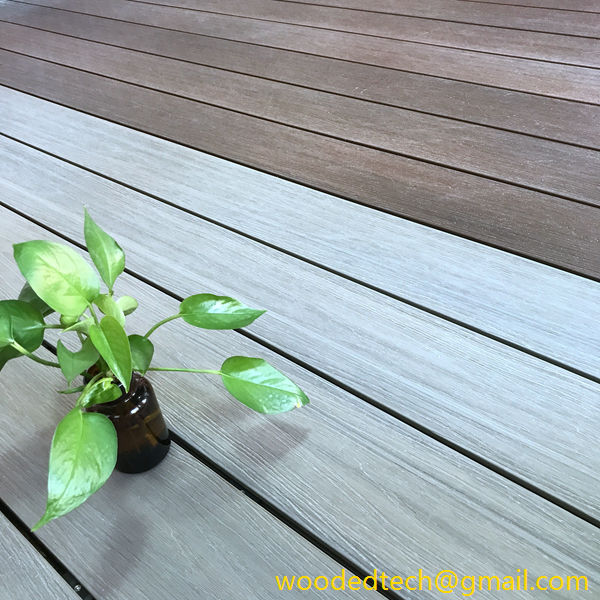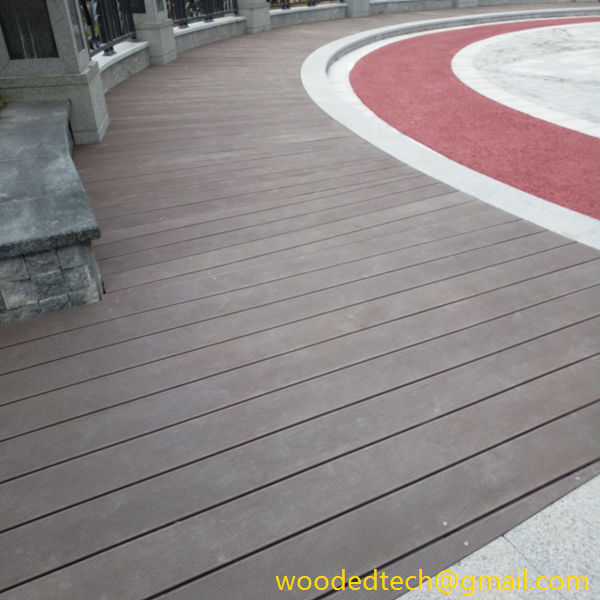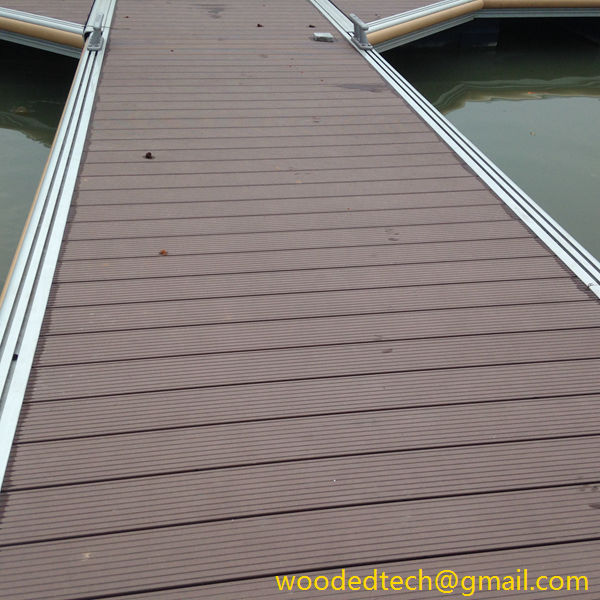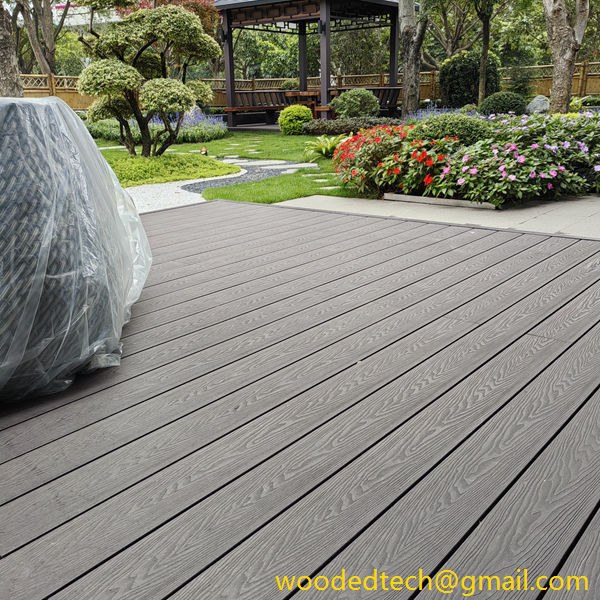Choosing the Right Wall Plastic Panel for Your Home’s Interior and Exterior Needs
Choosing the Right Wall Plastic Panel for Your Home’s Interior and Exterior Needs Choosing the right wall plastic panel for your home’s interior and exterior needs is a decision that can significantly impact both aesthetics and functionality. With a myriad of options available on the market, understanding the various materials, styles, and applications of plastic…
Choosing the Right Wall Plastic Panel for Your Home’s Interior and Exterior Needs
Choosing the right wall plastic panel for your home’s interior and exterior needs is a decision that can significantly impact both aesthetics and functionality. With a myriad of options available on the market, understanding the various materials, styles, and applications of plastic wall panels is crucial for making an informed choice. This article delves into the factors to consider when selecting the ideal wall plastic panels, exploring their benefits, types, and practical applications to help you make a decision that aligns with your vision for your home.
One of the primary considerations when selecting wall plastic panels is the material composition. Plastic panels can be made from various types of polymers, including polyvinyl chloride (PVC), high-density polyethylene (HDPE), and acrylic. Each material possesses unique characteristics that influence its durability, appearance, and resistance to environmental factors. For instance, PVC panels are renowned for their affordability and versatility. They can mimic the appearance of wood or tile, offering a stylish finish without the maintenance that natural materials require. In contrast, acrylic panels provide a glossy, high-end look and are often chosen for spaces where natural light plays a significant role, as they can enhance brightness and create an illusion of space.
The intended use of the panels is also a vital factor in the decision-making process. Interior applications, such as in living rooms, kitchens, and bathrooms, may require different qualities than those used externally. For interiors, panels that are easy to clean and maintain while offering visual appeal are essential. In contrast, exterior panels must withstand the elements, including sun exposure, rain, and temperature fluctuations. High-density polyethylene panels, for example, are ideal for outdoor applications due to their resilience against moisture and UV degradation.
Another key aspect to consider is the panel’s insulation properties. Energy efficiency is an increasingly important concern for homeowners, and the right wall panels can contribute significantly to a home’s thermal performance. Insulated plastic panels can help regulate indoor temperatures, reducing heating and cooling costs and enhancing overall comfort. When selecting panels, look for options that offer good insulation ratings or consider integrating them with other insulation materials for maximum benefit.
Aesthetics play a significant role in the choice of wall plastic panels. The variety of designs, colors, textures, and finishes available means that homeowners can easily find panels that complement their existing décor or help create a new design theme. For instance, textured panels can add depth and interest to a room, while smooth panels may create a sleek, modern look. Moreover, many manufacturers offer custom options, allowing you to choose specific colors or patterns that align with your personal style. It’s essential to visualize how the panels will fit within the overall design of your space, so consider obtaining samples or viewing them in person before making a final decision.
Installation ease is another factor that should not be overlooked. Plastic wall panels are generally known for their straightforward installation process. Many products come with interlocking systems or adhesive backing, making them user-friendly for DIY enthusiasts. However, if you’re considering a large-scale project or have specific design requirements, hiring a professional installer might be beneficial. They can ensure that the panels are fitted correctly, maximizing their lifespan and aesthetic appeal.
Budget is a crucial consideration when choosing wall plastic panels. Prices can vary widely depending on the material, brand, and design complexity. While it may be tempting to choose the cheapest option, it’s essential to consider the long-term value. Higher-quality panels may have a higher initial cost but can save you money over time through durability, lower maintenance, and energy efficiency. Therefore, it’s advisable to evaluate the overall lifecycle cost of the panels, including installation and maintenance, rather than simply focusing on the upfront price.
Environmental impact is an increasingly important consideration for many homeowners. When selecting wall panels, look for products made from recycled materials or those that are recyclable at the end of their life cycle. Some manufacturers are committed to sustainable practices, offering panels that are free from harmful chemicals and produced with minimal environmental footprint. By choosing panels that align with your values, you can enhance your home’s interior or exterior while also contributing to a more sustainable future.
In conclusion, selecting the right wall plastic panel for your home involves careful consideration of various factors, including material type, intended use, insulation properties, aesthetics, installation ease, budget, and environmental impact. By understanding these elements, you can make a choice that not only enhances your home’s beauty and functionality but also aligns with your lifestyle and values. Whether you are looking to refresh your interior spaces or enhance your home’s exterior, wall plastic panels offer a versatile and practical solution that can meet diverse needs. With thoughtful planning and consideration, you can find the perfect wall panels that will serve your home well for years to come.

